When you purchase through links on our site, we may earn an affiliate commission.Heres how it works.
“I wanted to make something fast, in under two years, and something experimental.
I didn’t know if it would work,” Damian Martin says.
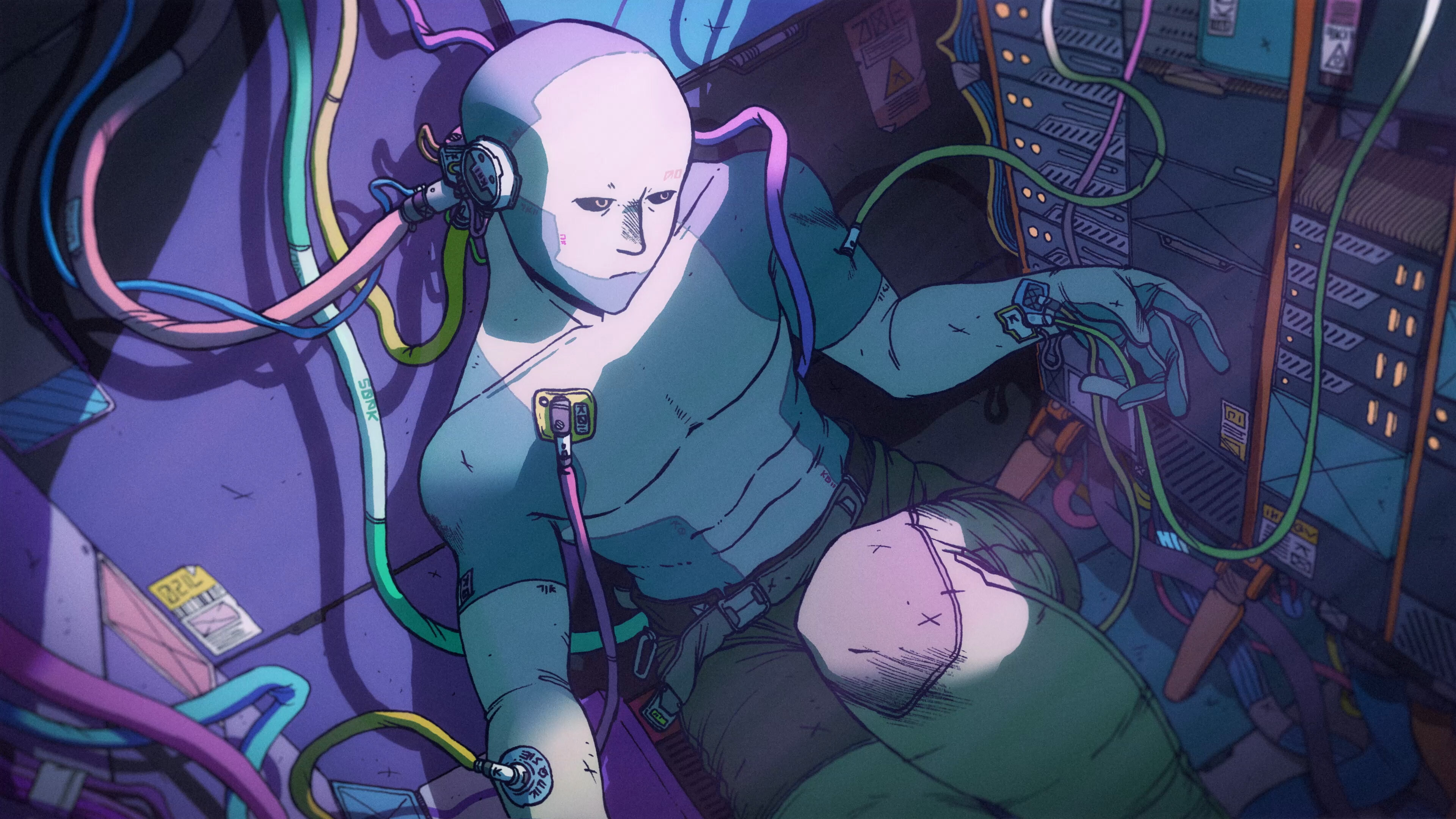
A decade earlier, Damian Martin had graduated into a recession, with a degree in puppetry.
“They lifted each other,” Damian Martin says.
Another aspect that struck a chord with players: the plight of the Sleeper.
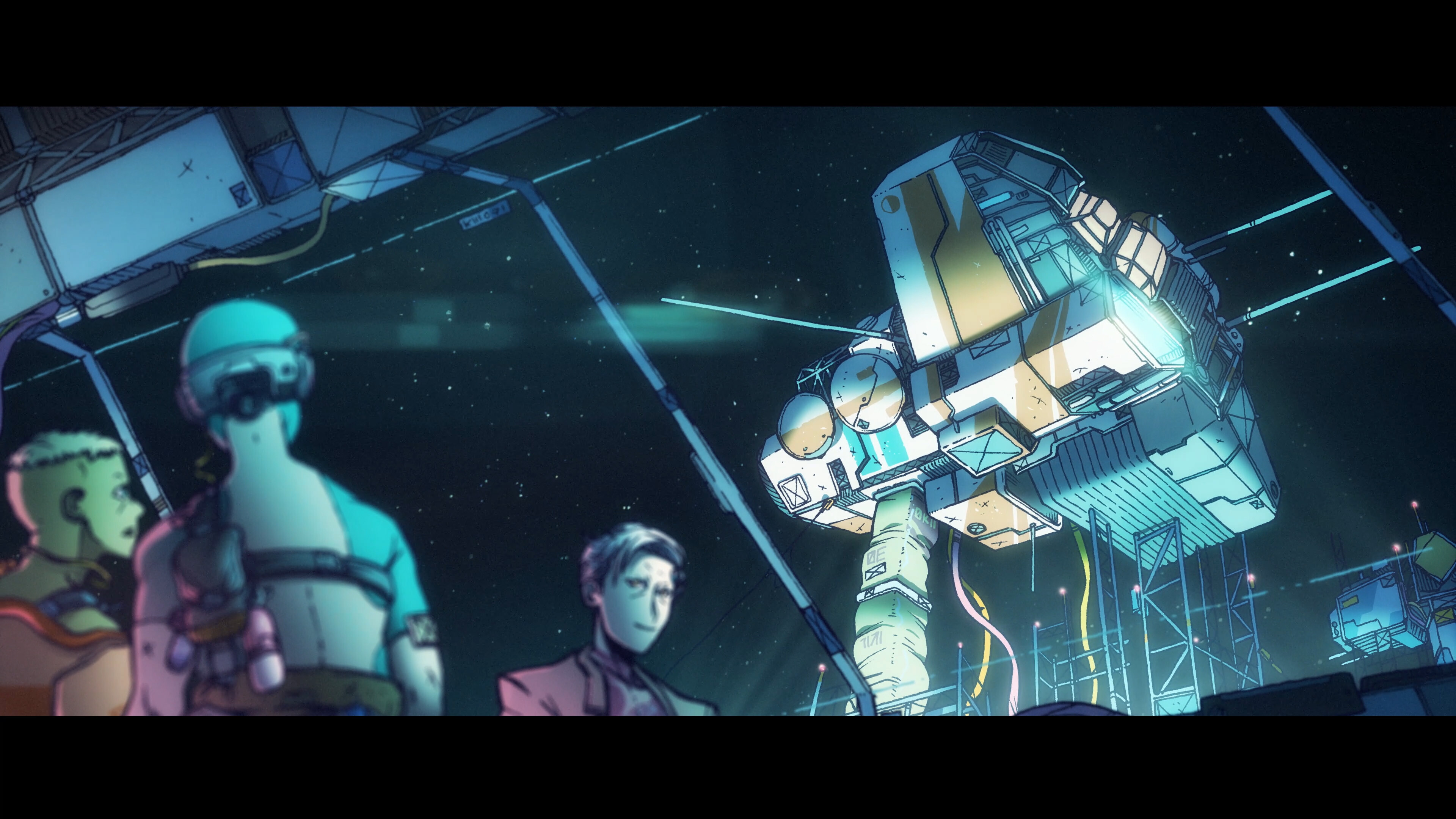
It proved a pliable metaphor, resonating with personal experiences of everything from poverty to disability.
“People have a strong relationship with it,” Damian Martin says.
“And I’ve got to respect that.
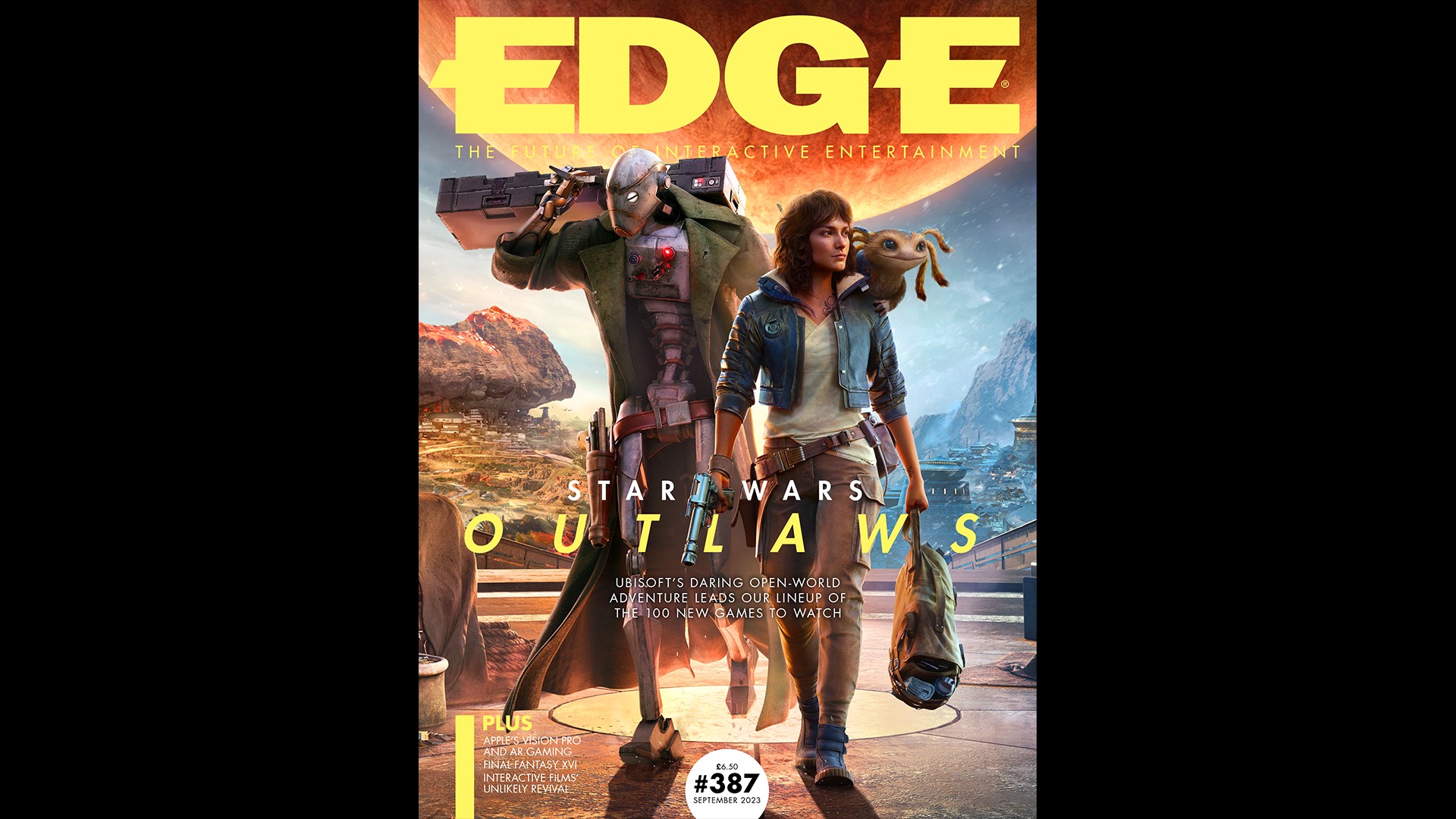
Because to me, it’s a knowable object.
To players, it’s a world it’s alive to them.”
That’s part of the reason they’re immediately returning to its world.
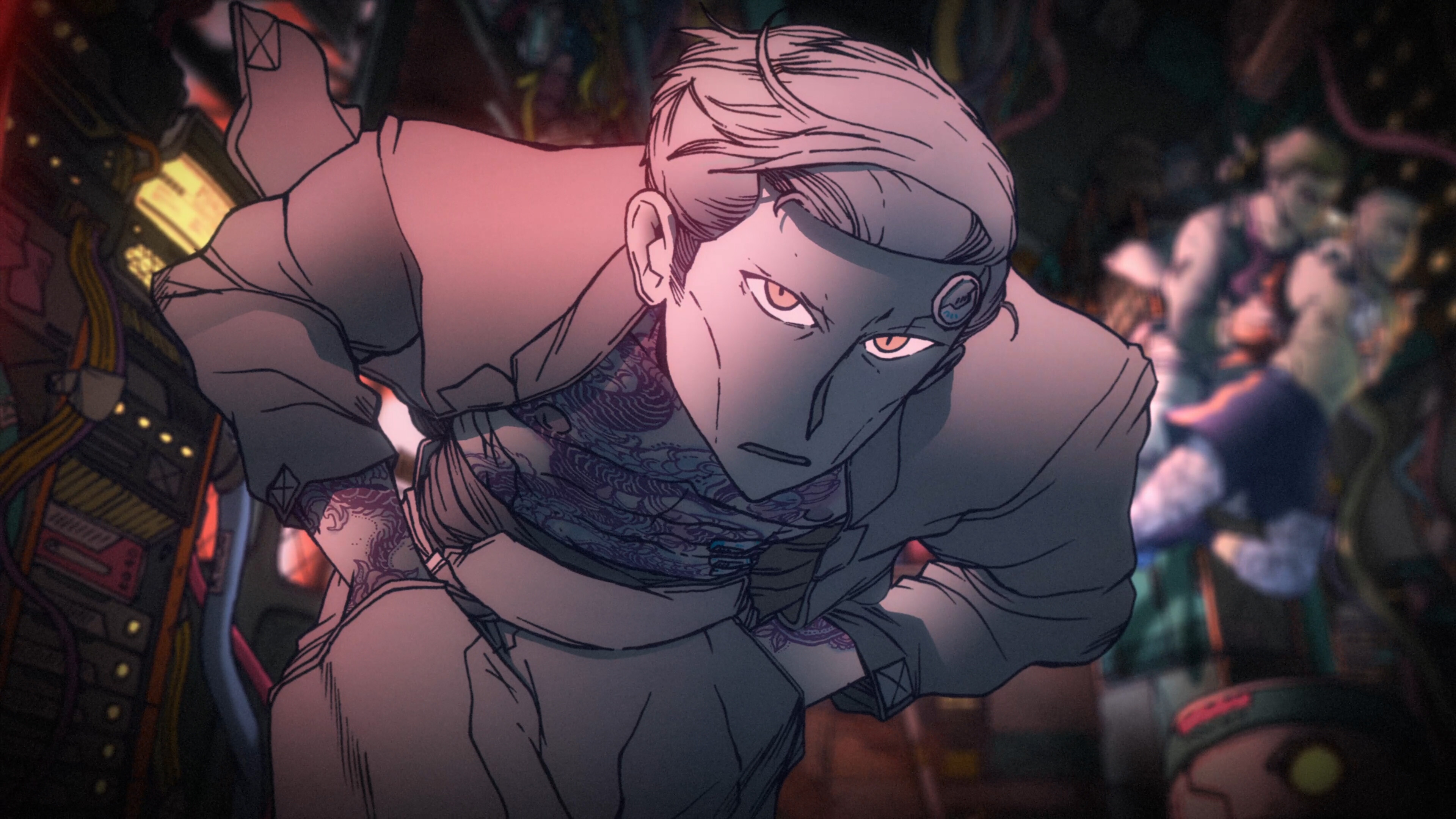
“But also, I don’t want to just walk away and leave it.
I want to ensure I’ve fully explored this form.”
Still, there are some perks.
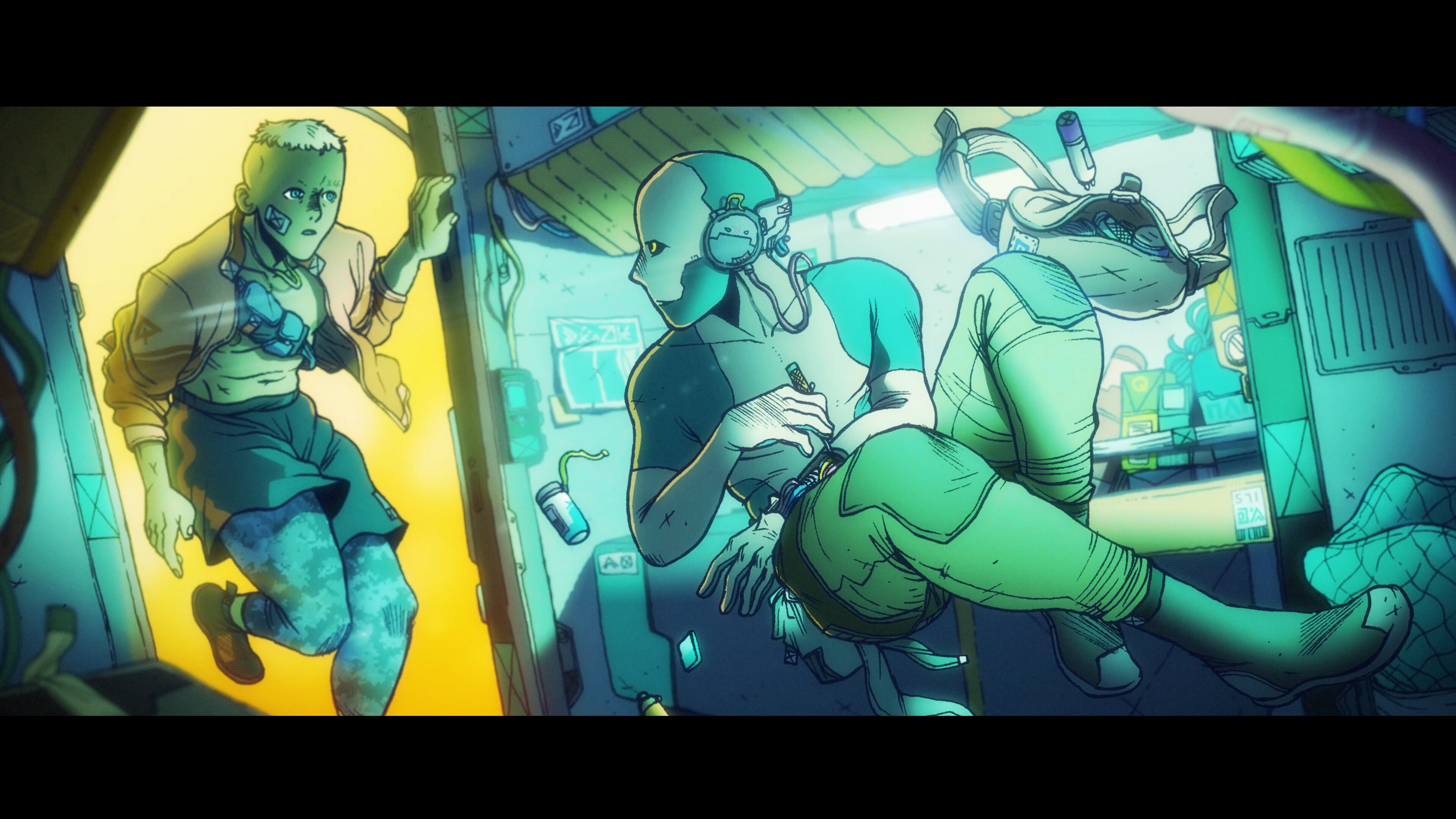
Citizen Sleeper has brought a certain level of stability to the developer’s life, it seems.
And they’ve returned the favour to your brand-new Sleeper.
This feature originally appeared in Edge Magazine.
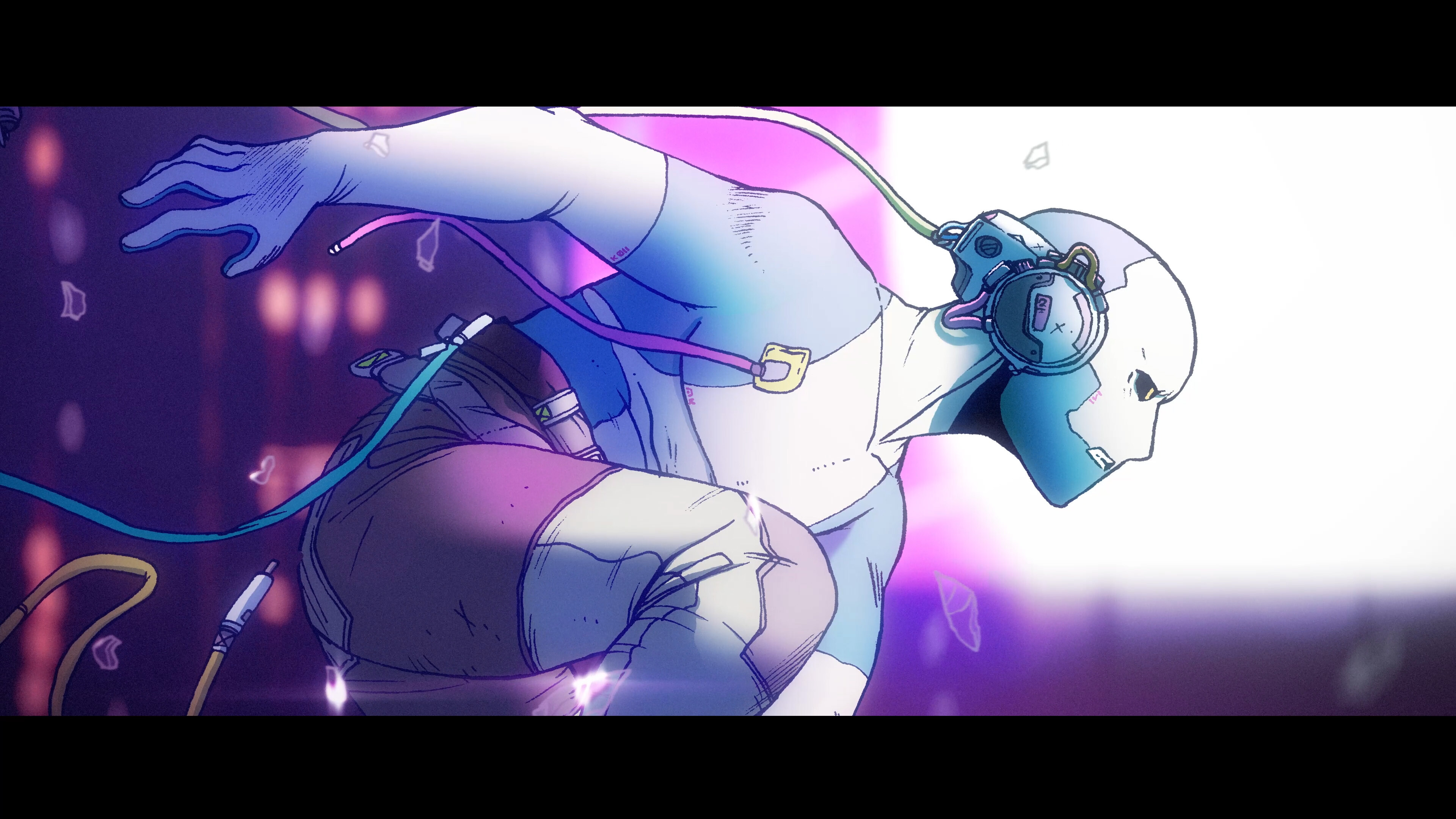
“It’s not like the Starship Enterprise,” Damian Martin clarifies.
“It’s more like having a canal boat.”
“I wouldn’t want to tell the same story again,” Damian Martin says.
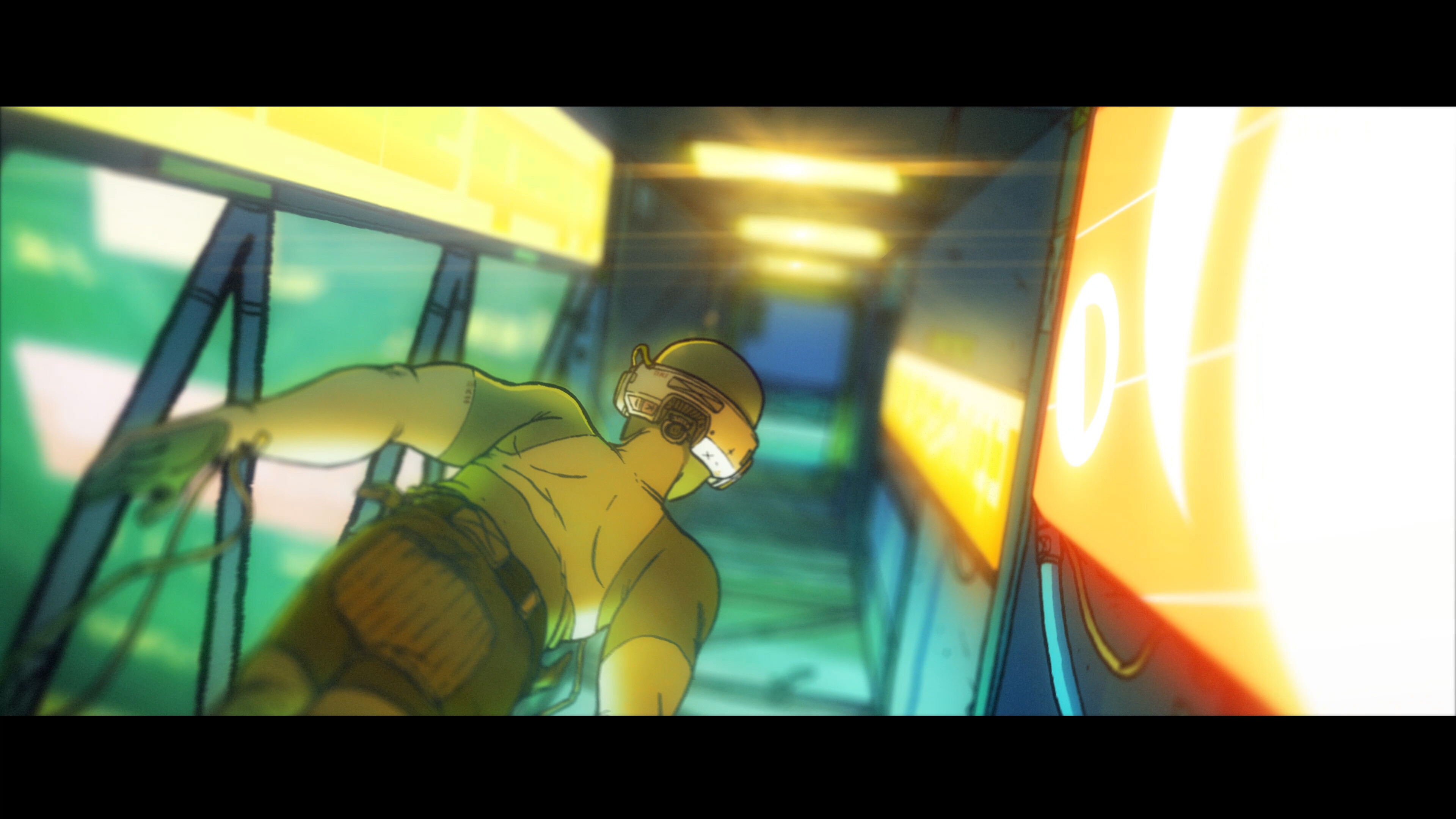
“My feeling is that’s never really been done well in games.
Rather than a workplace, Damian Martin wants Starward Vector to feel more like “flatmates in space”.
Meanwhile, that ship of yours?

It’s stolen, from your former boss.
Who also happens to be a gangster.
And so you begin Citizen Sleeper 2 on the run.
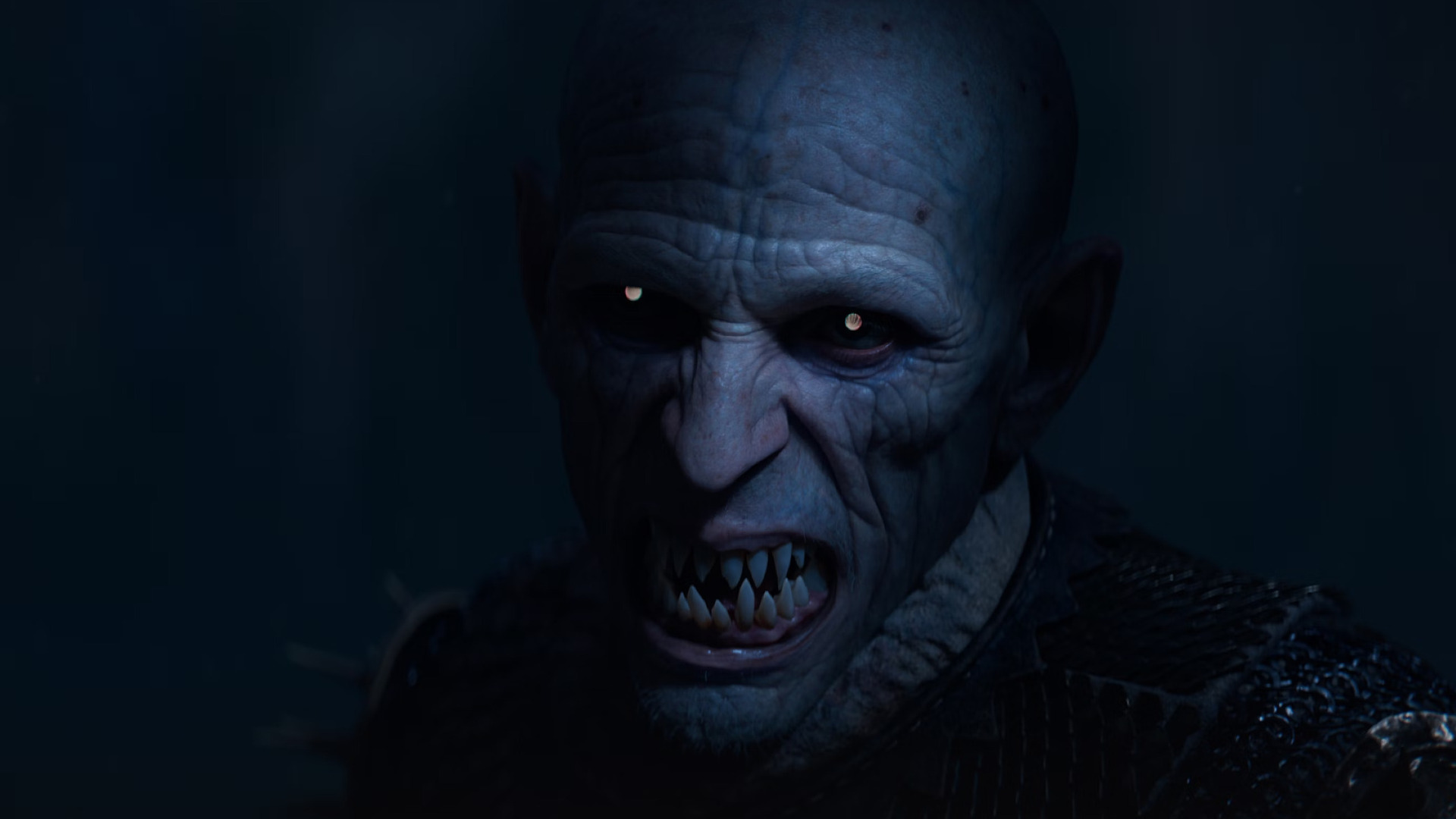
Note the indefinite article there.
“Think of it like a fugitive movie.
“Think of it like a fugitive movie,” Damian Martin says.
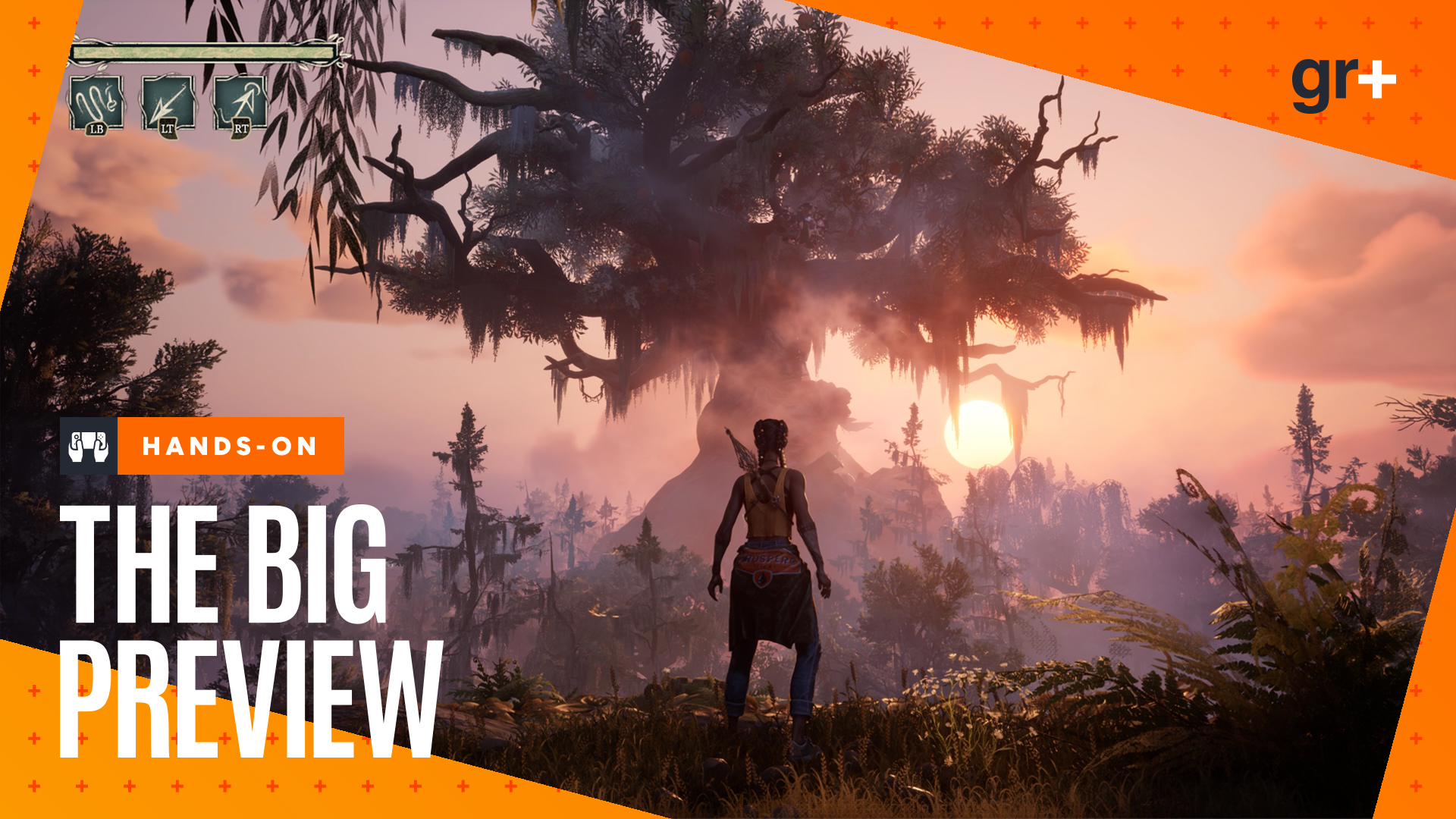
Your ship has been damaged in the escape, a ruptured fuel line limiting your ability to travel.
In retrospect, though, Damian Martin can see the shortcomings of this design.
“It became predictable,” they admit.
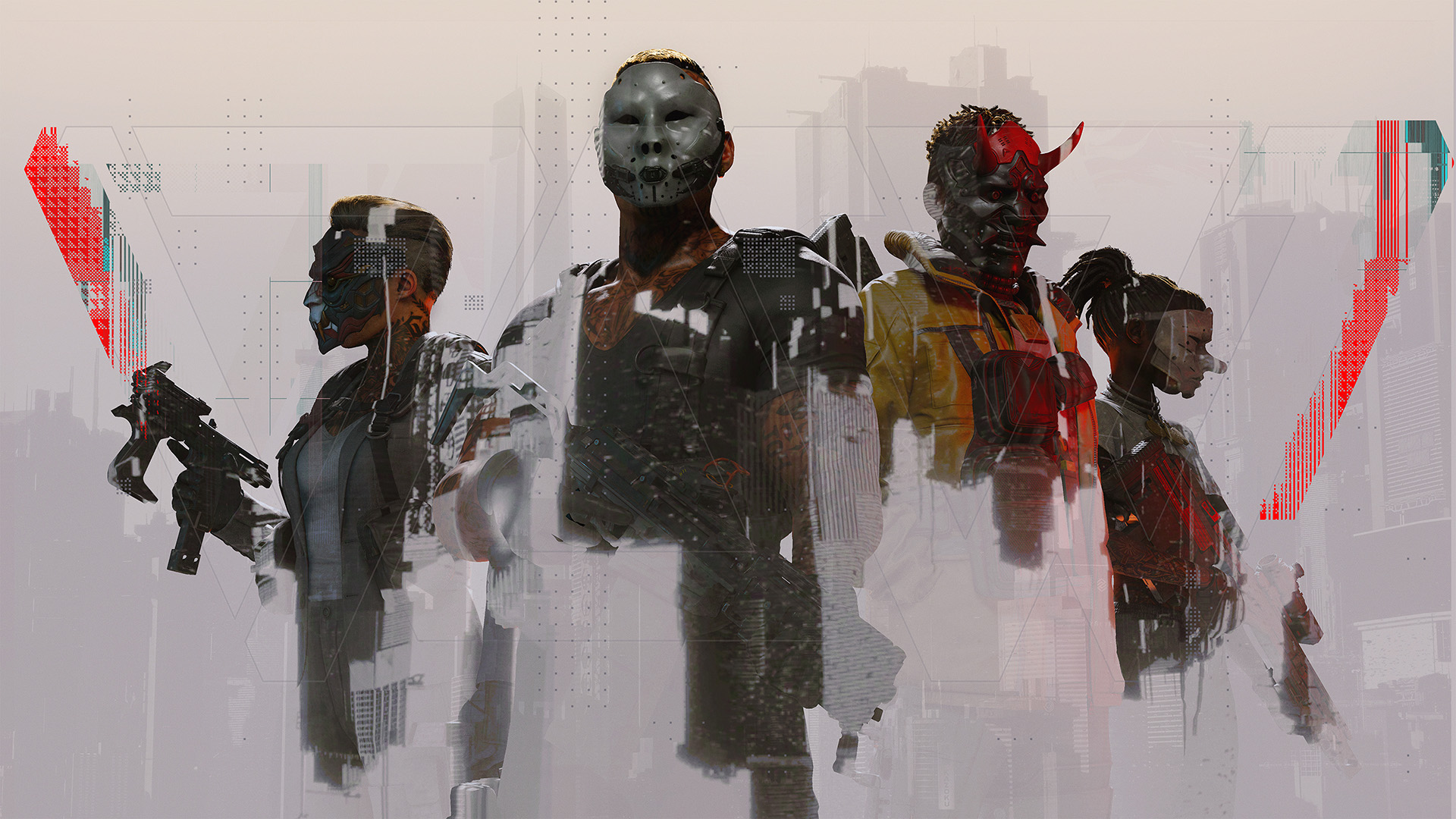
And so condition has been ditched along with the Stabiliser.
“Condition implied damage,” Damian Martin says.
That consists of three yellow dashes empty them, and you’ll lose access to the die permanently.
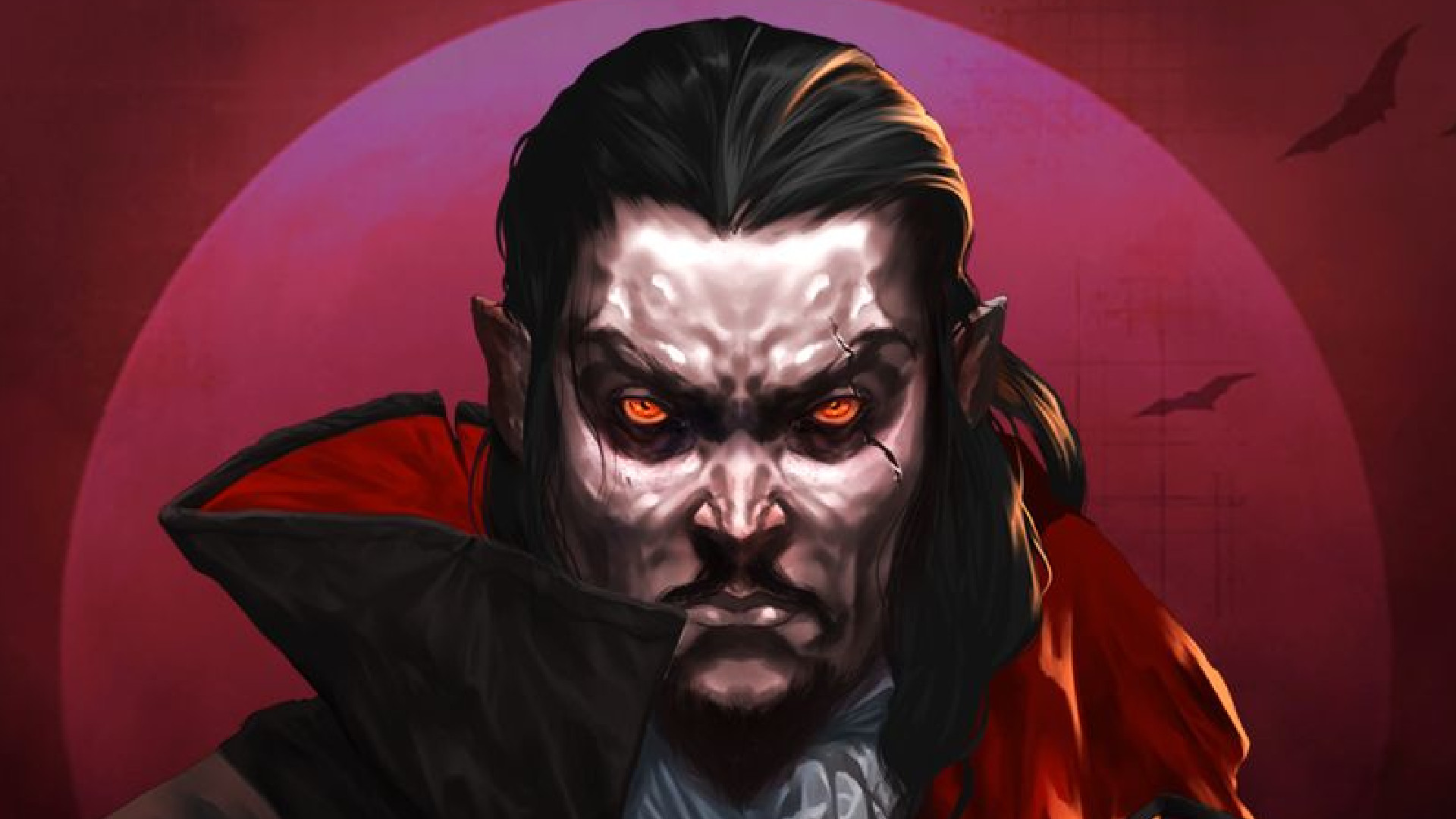
“you’ve got the option to sneak by on high stress.
If you keep rolling high, you’re safe,” Damian Martin explains.
Until eventually, inevitably snake eyes.
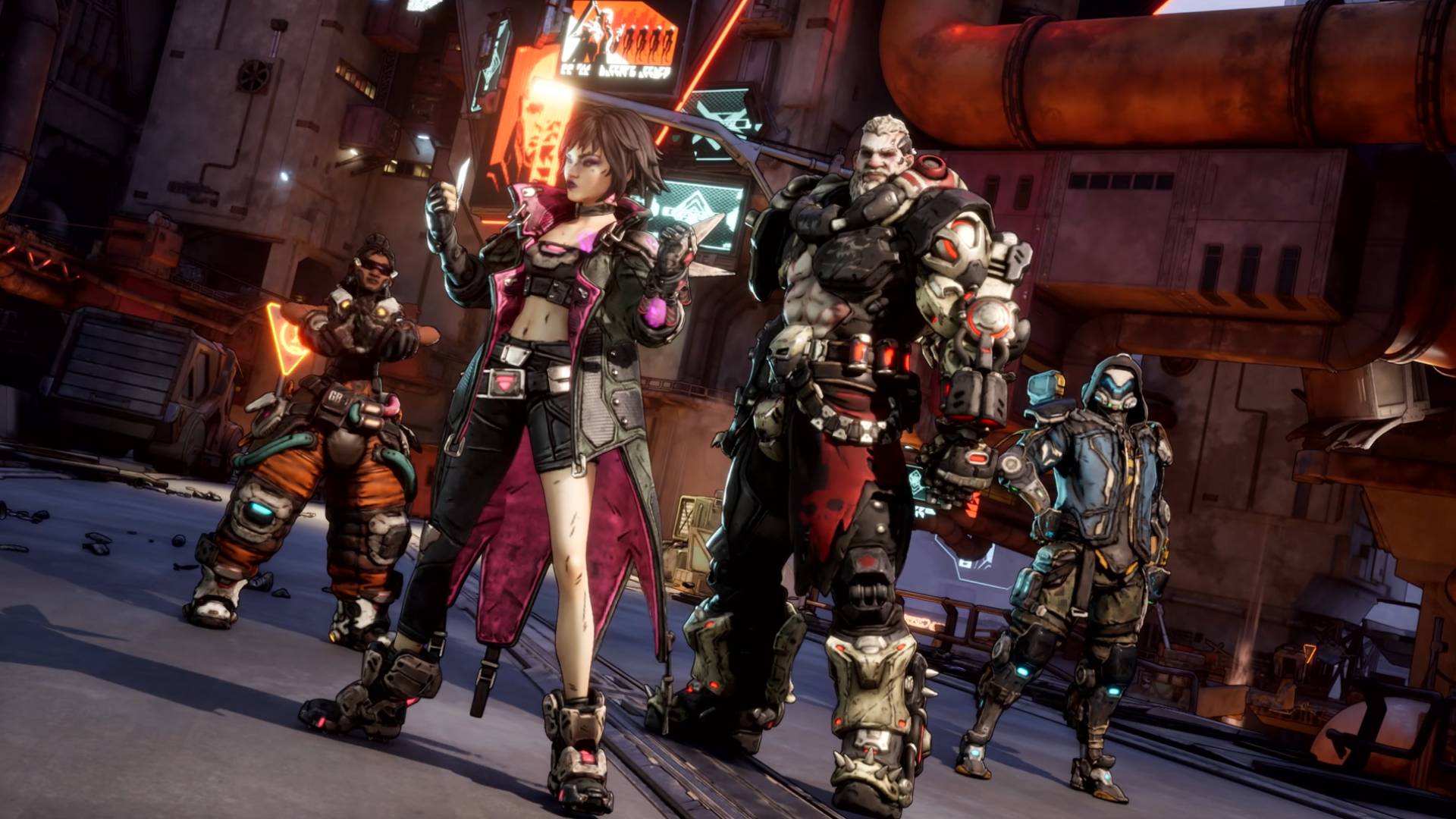
“you’re able to end up damaging all your dice in one turn.
And all of a sudden, you’re in trouble.”
A new metaphor, then: “It’s more like burnout, and long-term damage.”
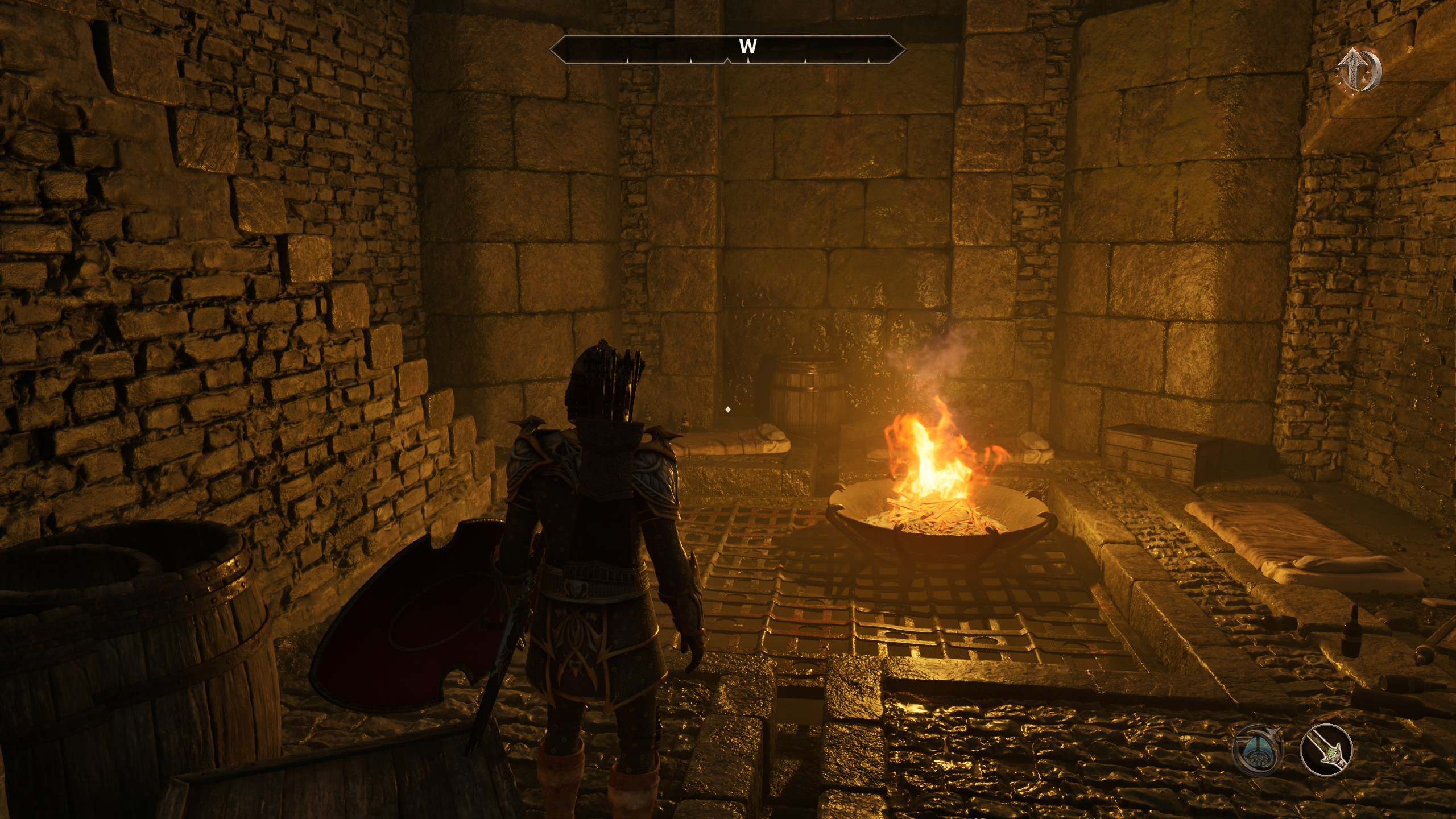
Seen through that filter, your ship’s ruptured fuel lines are a classic first-act setup.
Would we mind fetching him a data core from a nearby shipwreck?
Cue a heist-style preparation sequence.
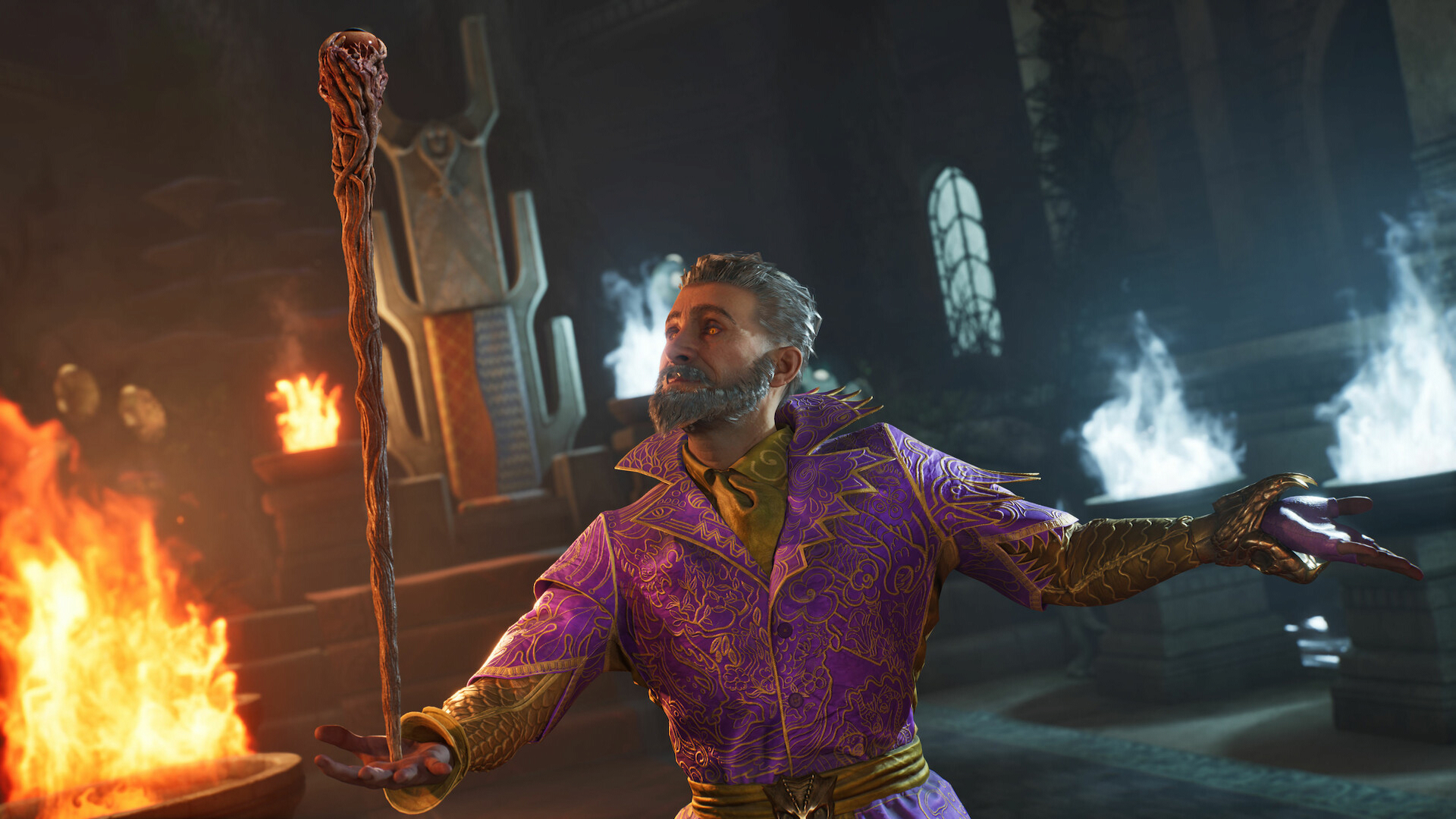
You’re literally buying time, and not at a favourable conversion rate.
“Supplies are very expensive,” Damian Martin says.
“So there’s a big trade-off there.”
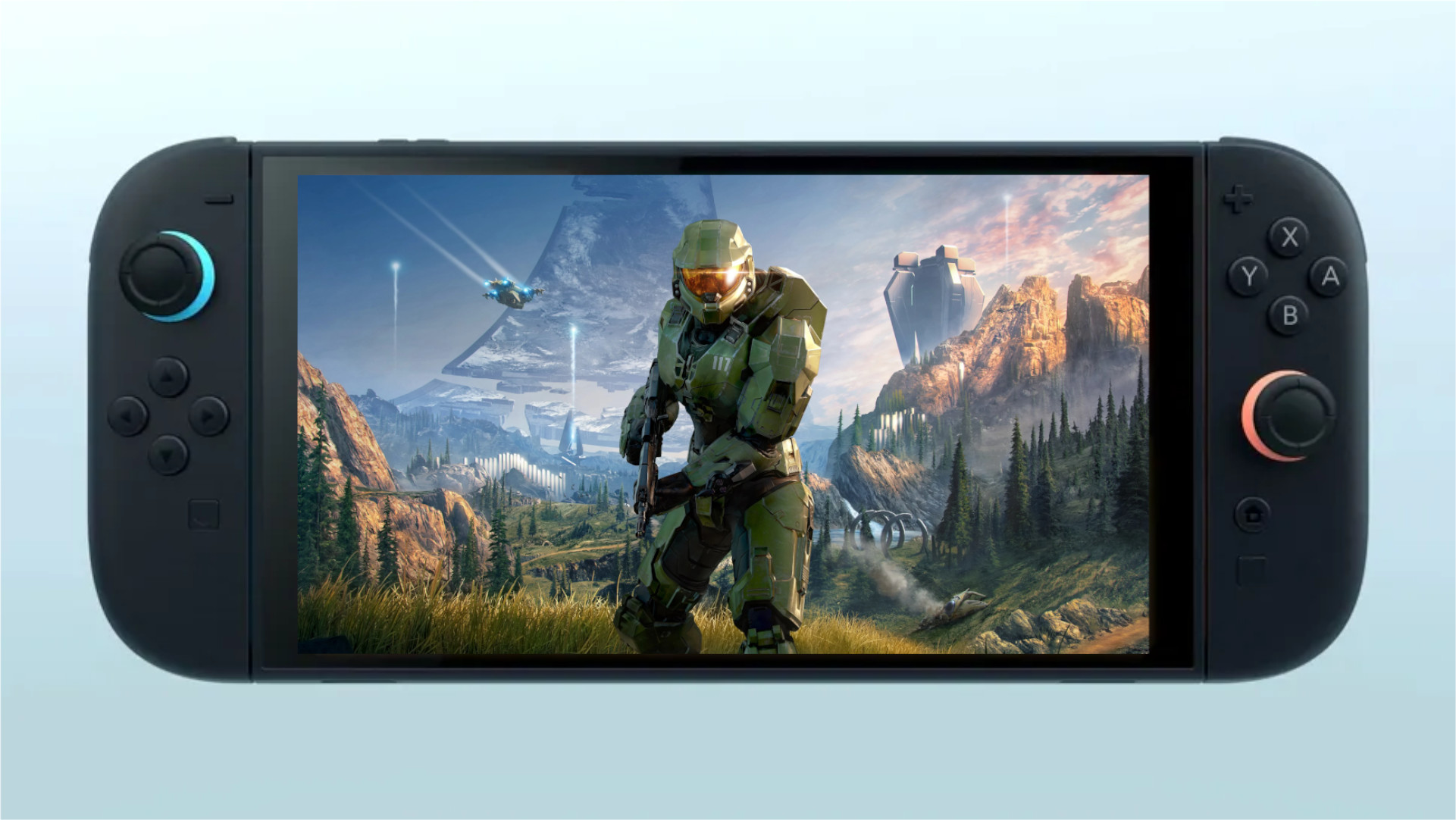
Then it’s time to gather a crew.
For this contract, one slot must be filled by Serafin.
Instead we take Juni, a charming street-urchin hacker sort who actually approaches us about this job.
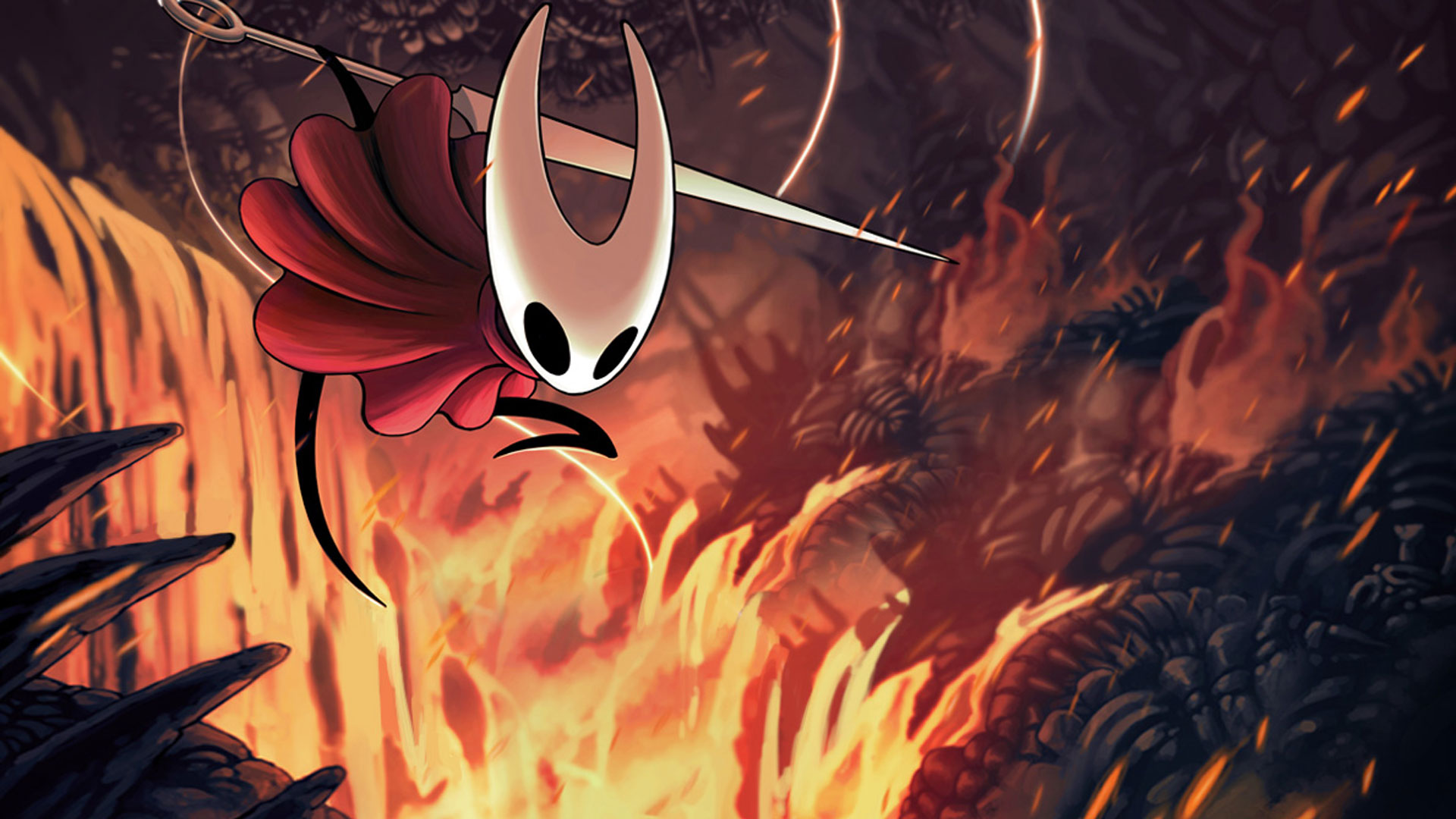
This time, however, the differences are much more pronounced.
“you could’t do that any more.
And you’re punished much more aggressively for not having a skill.”

There are, however, complications to bringing people along.
Crew might have their own motives for taking the job, leading to unexpected narrative developments.
You’ve no time to relax when you’re on the job.

Vitally, though, this episode didn’t need to play out as it did in our demo.
“There are a few different ways out of Hexport,” Damian Martin confirms.
That change of personnel might have made things simpler, given what we learn about Juni aboard the shipwreck.
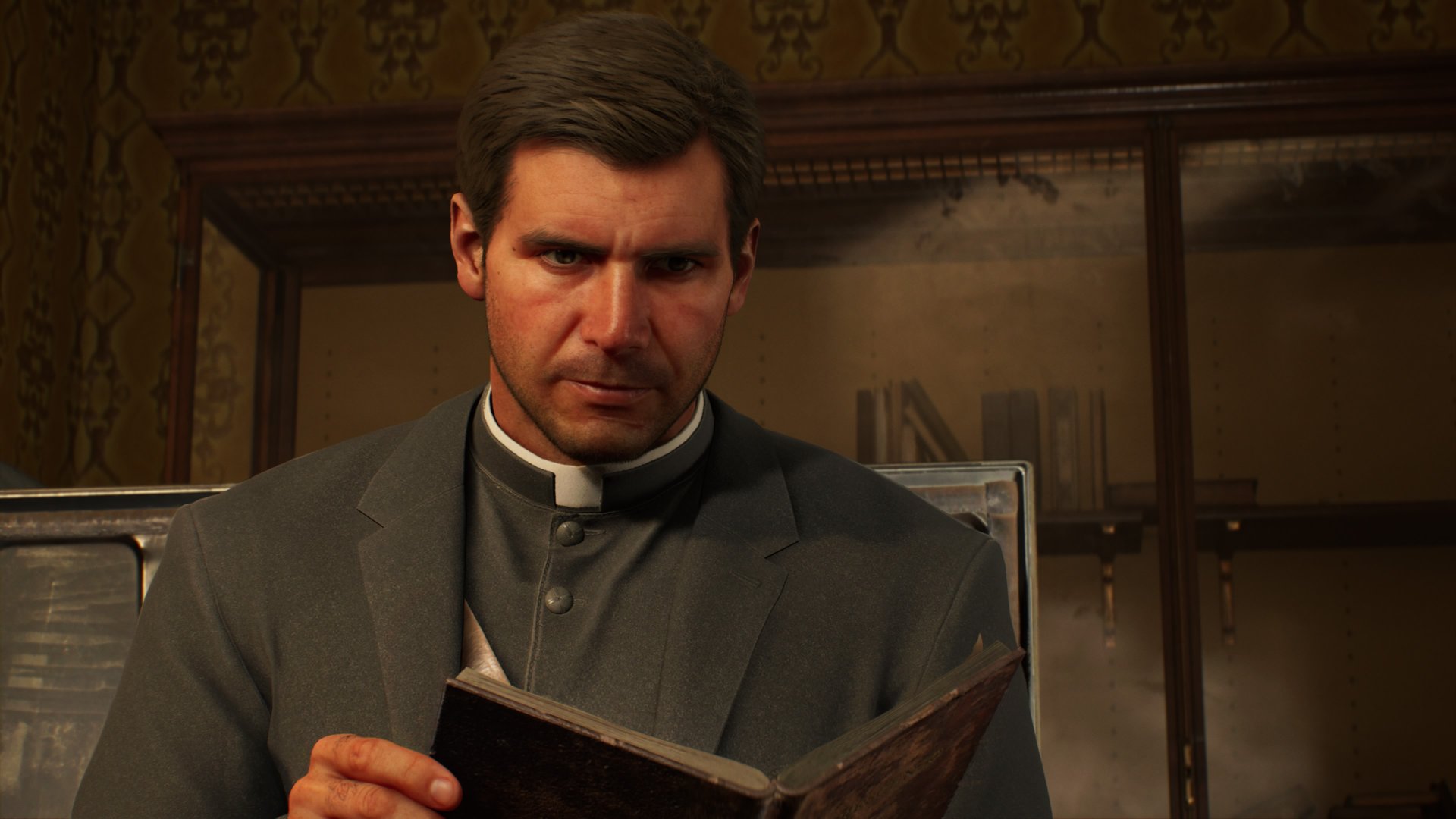
“In the original game, it was hard to have failstates,” Damian Martin says.
It’s not hard to see why Damian Martin describes this sequel as “my Mass Effect 2”.
Their biggest target in this respect is granting your supporting cast greater autonomy.
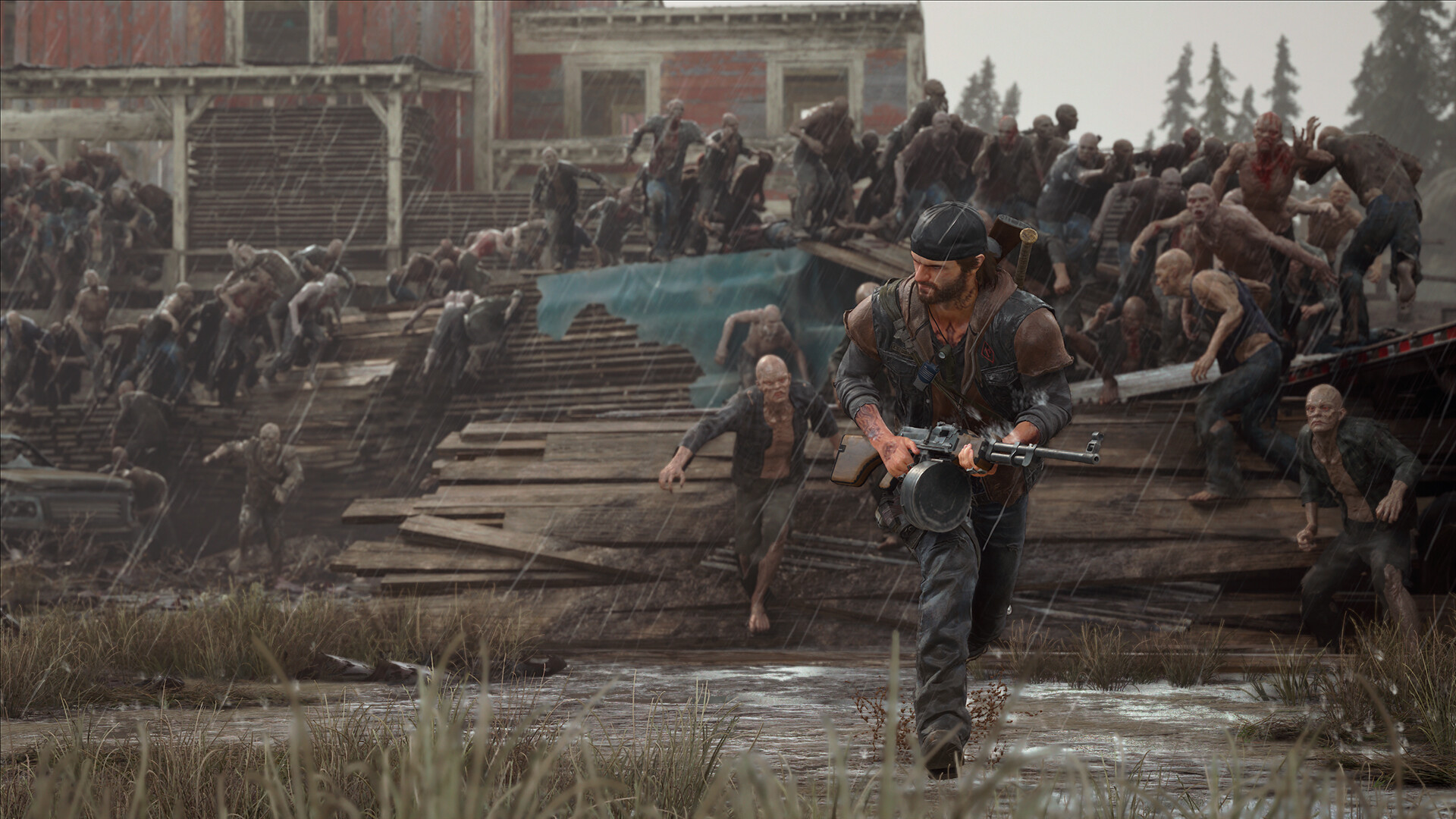
“They’re in the same place you’re in, doing their own thing.
“I’m always trying to find ways to get you into trouble.”
Your role on the ship, it seems, might well be that of responsible adult.

“Whereas in Citizen Sleeper 2, you’ve taken responsibility for people.”
This is why you begin the game alongside Serafin, they explain.
“Someone needs you to do the right thing, even when you don’t know what that is.
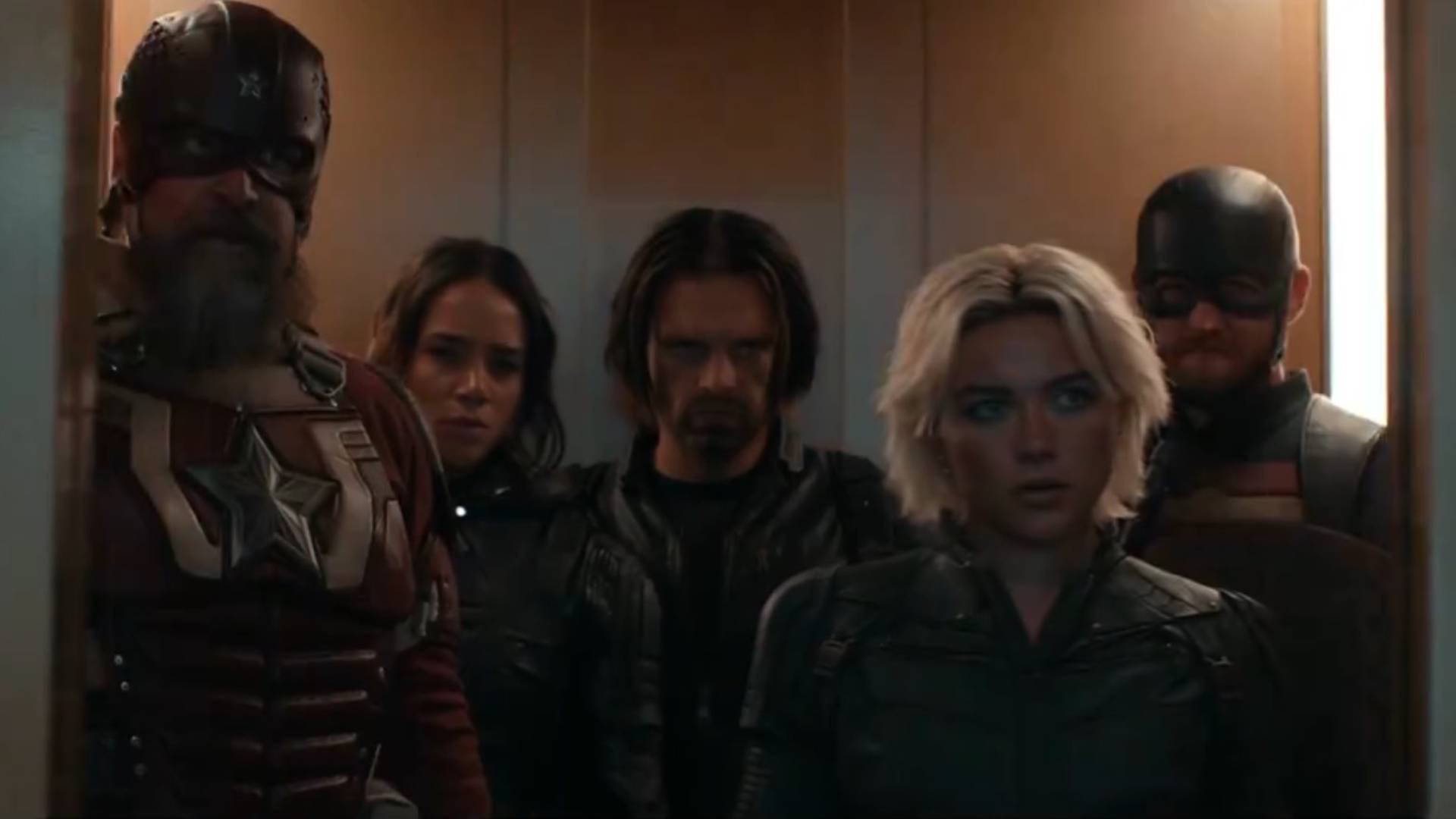
And then more and more of those people are going to come to you.”
It might be easy to suggest this very studio is, metaphorically speaking, the ship.
Which isn’t to say that their concerns, making Starward Vector, are entirely domestic.
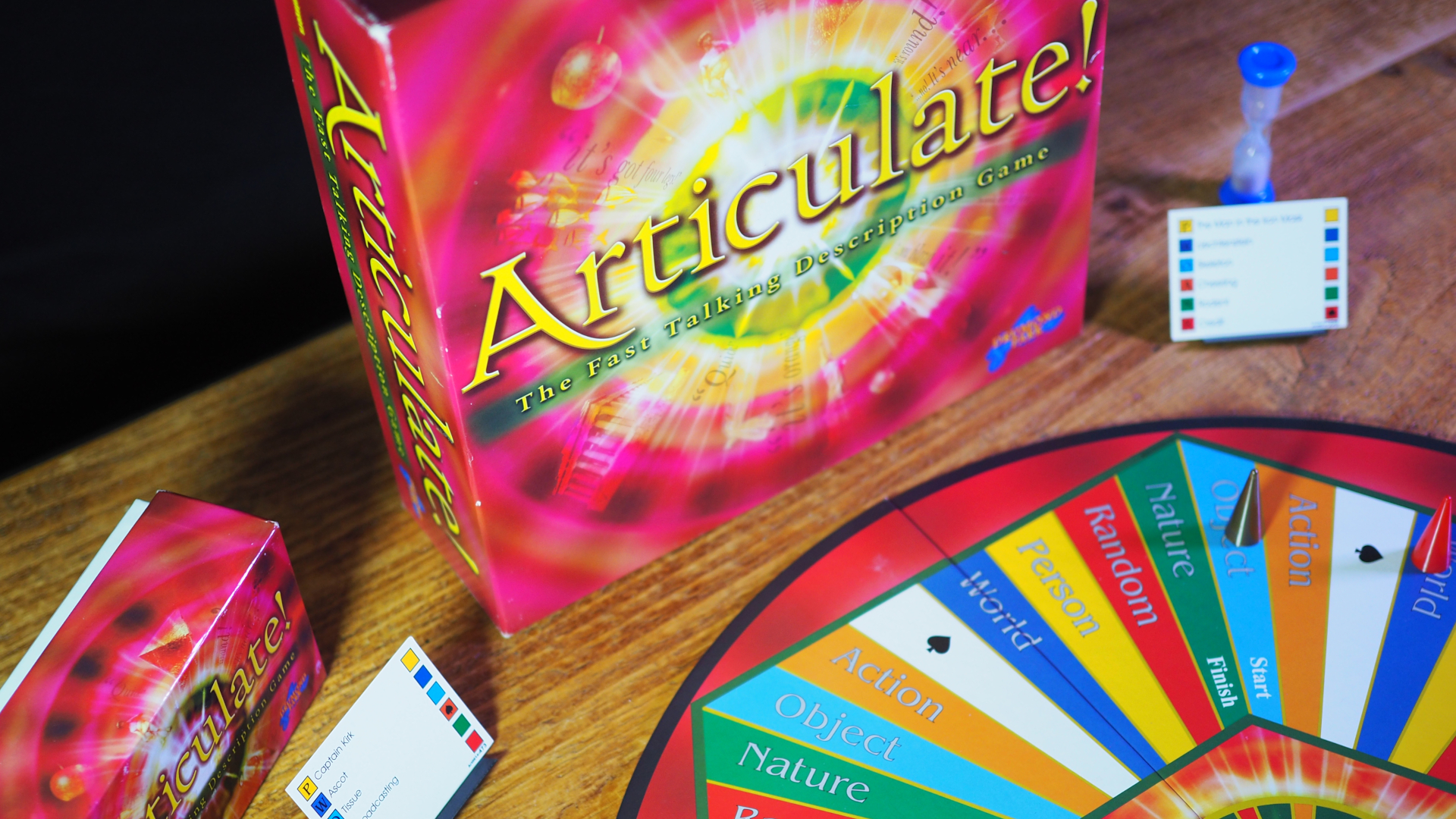
For In Other Waters, I wrote ‘symbiosis’.
For Citizen Sleeper, I wrote ‘precarity’.
Below that is a later addendum: ‘ENTROPY/NEED’.
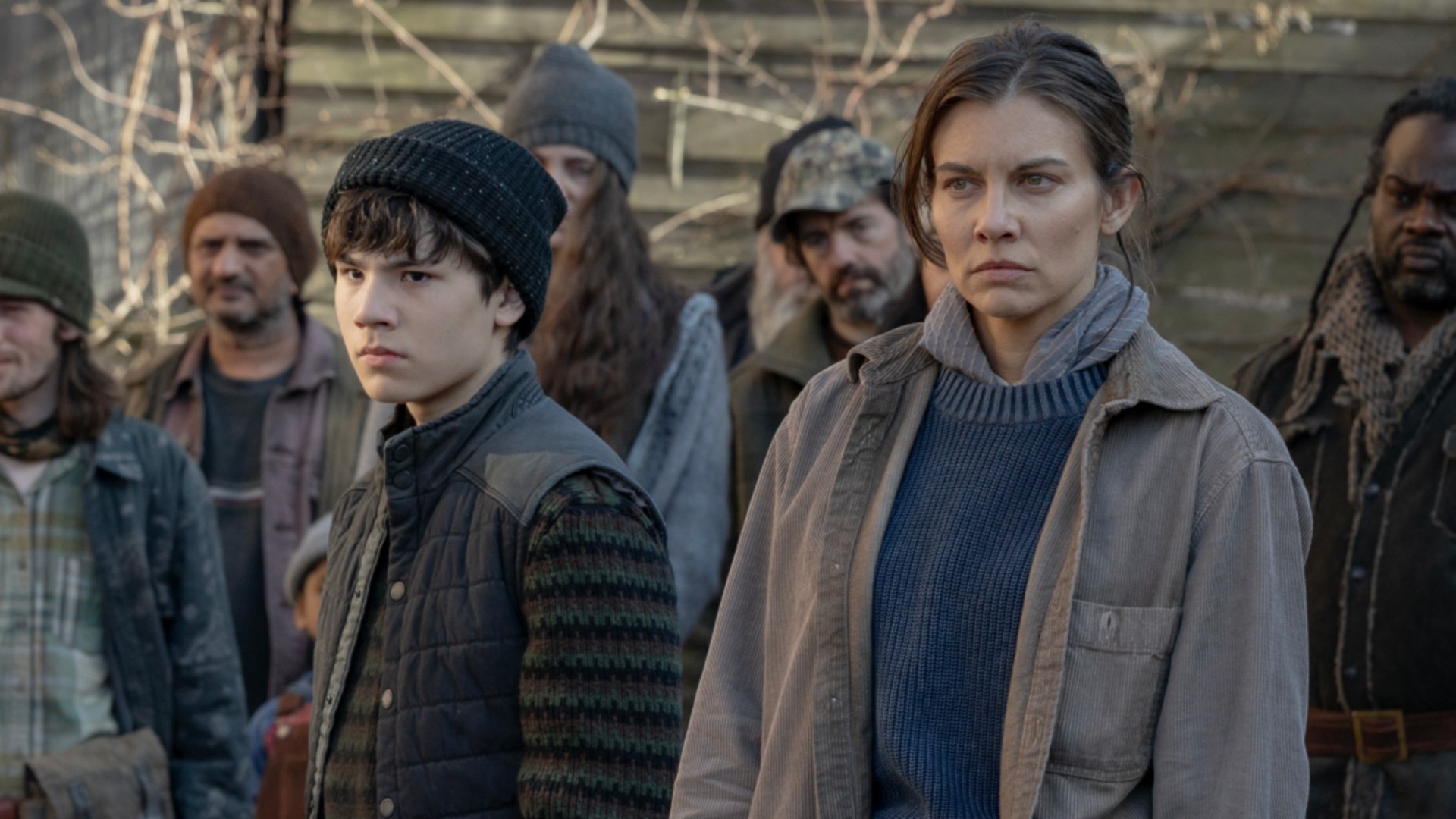
The asteroid belt you call home is “on the shore of the war,” Damian Martin explains.
“And no one knows when the war is going to come here, or if it will.”
They’re speaking from experience here.
“A big influence is the war in Ukraine.
My partner’s Romanian Romania is literally on the shore of the Black Sea.
It’s a place where mines wash up from the war.”
In particular, they want to dig into the idea that the closest bonds are forged in crisis.
Questions of what we need from one another, and what we owe.
“Citizen Sleeper established this idea that, like, this is a game about now.
I guess ‘now’ also changes over time.
This feature originally appeared inEdge magazine.